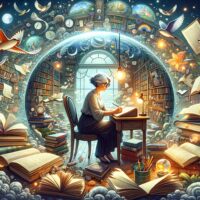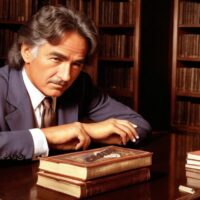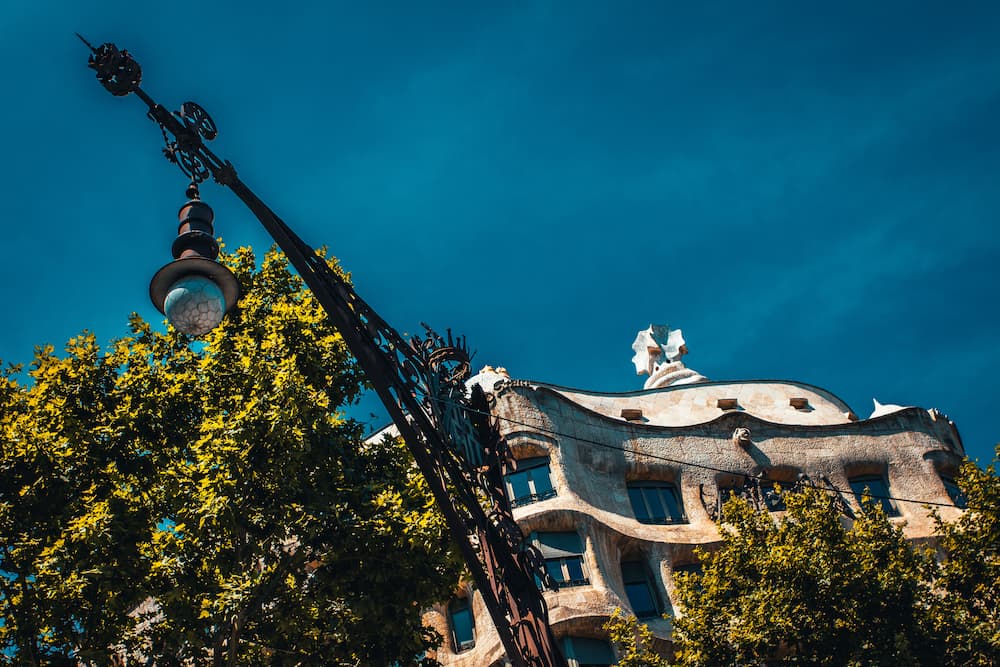The main features of modernism
Modernism in literature was born on the eve of the First World War and flourished in the twenties simultaneously in all countries of Western Europe and in America. Modernism is an international phenomenon, consisting of different schools (Imagism, Dadaism, Expressionism, Constructivism, Surrealism, etc.). This is a revolution in literature, the participants of which announced a break not only with the tradition of realistic plausibility, but also with the Western cultural and literary tradition in general. Any previous trend in literature defined itself through its attitude to the classical tradition: one could directly proclaim antiquity as a model of artistic creation, like the classicists, or prefer antiquity to the Middle Ages, as romantics, but all cultural epochs before modernism are therefore increasingly called “classical” today, because developed in line with the classical heritage of European thought. Modernism is the first cultural and literary era to put an end to this legacy and provide new answers to “eternal” questions. As the English poet S. Spender wrote in 1930: “It seems to me that modernists deliberately strive to create a completely new literature. This is a consequence of their feeling that our era is in many respects unprecedented and stands outside any conventions of past art and literature.” …
The generation of the first modernists was acutely aware of the exhaustion of the forms of realistic narrative, their aesthetic fatigue. For modernists, the concept of “realism” meant a lack of effort to independently comprehend the world, the mechanistic nature of creativity, superficiality, boredom of vague descriptions – interest in a button on a character’s coat, and not in his state of mind. Modernists prioritize the value of an individual artistic vision of the world; the artistic worlds they create are uniquely dissimilar from each other, each bears the stamp of a bright creative individuality.
They happened to live in a period when the values of traditional humanistic culture collapsed – “freedom” meant very different things in Western democracies and in totalitarian states; the bloody massacre of the First World War, in which weapons of mass destruction were used for the first time, showed the true value of human life for the modern world; the humanistic ban on pain, physical and spiritual violence was replaced by the practice of mass executions and concentration camps. Modernism is the art of a dehumanized era (the term of the Spanish philosopher Jose Ortega y Gasset); the attitude to humanistic values in modernism is ambiguous, but the world of modernists appears in a harsh, cold light. Using the metaphor of J. Conrad, we can say that the hero of a modernist work seemed to be staying overnight in an uncomfortable hotel at the end of the world, with very suspicious owners, in a shabby room lit by the merciless light of a lamp without a lampshade.
Modernists conceive of human existence as a brief fragile moment; the subject may or may not be aware of the tragedy, the frailty of our absurd world, and the artist’s job is to show the horror, greatness and beauty that are in spite of everything in the moments of earthly existence. Social problems, which played such an important role in the realism of the nineteenth century, are given in modernism indirectly, as an inseparable part of a holistic portrait of a person. The main sphere of interest of modernists is the image of the relationship between the conscious and the unconscious in a person, the mechanisms of his perceptions, the whimsical work of memory. The modernist hero is taken, as a rule, in all the integrity of his experiences, his subjective being, although the very scale of his life can be small, insignificant. In modernism, the main line of development of the literature of the New Age continues with a constant decline in the social status of the hero; the modernist hero is eurymen, any and every person. Modernists learned to describe such mental states of a person that literature had not noticed before, and they did it with such convincingness that it seemed to bourgeois critics an insult to morality and a profanation of the art of speech. Not only the content – the large role of intimate and sexual issues, the relativity of moral assessments, the emphasized apoliticality – but, above all, the unusual forms of modernist narrative evoked especially sharp rejection. Today, when most of the masterpieces of modernist literature have entered school and university curricula, it is difficult for us to feel the rebellious, anti-bourgeois character of early modernism, the harshness of accusations and challenges thrown at it.
The three greatest modernist writers are the Irishman James Joyce (1882–1943), the Frenchman Marcel Proust (1871–1922), and Franz Kafka (1883–1924). Each of them, in his own direction, reformed the art of the 20th century, each is considered a great pioneer of modernism. Let’s take a look at James Joyce’s Ulysses as an example.





